Search
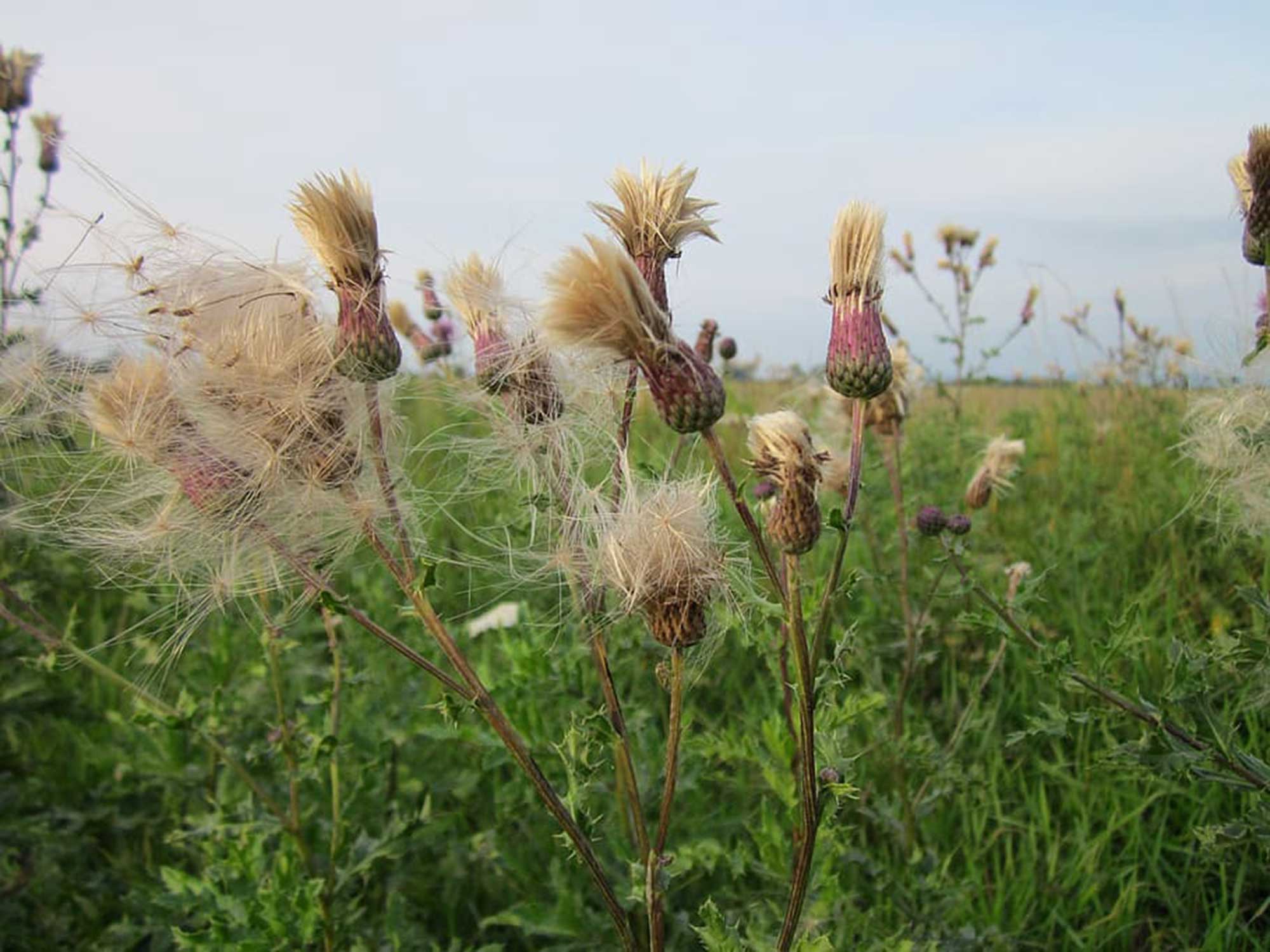
Dense Seeding Can Reduce Canada Thistle in Planted Grasslands
Canada thistle is a common invader in grassland plantings. Over the past decade, researchers and land managers have experimented with controlling Canada thistle in planted grasslands through increasing competition from desirable plants.
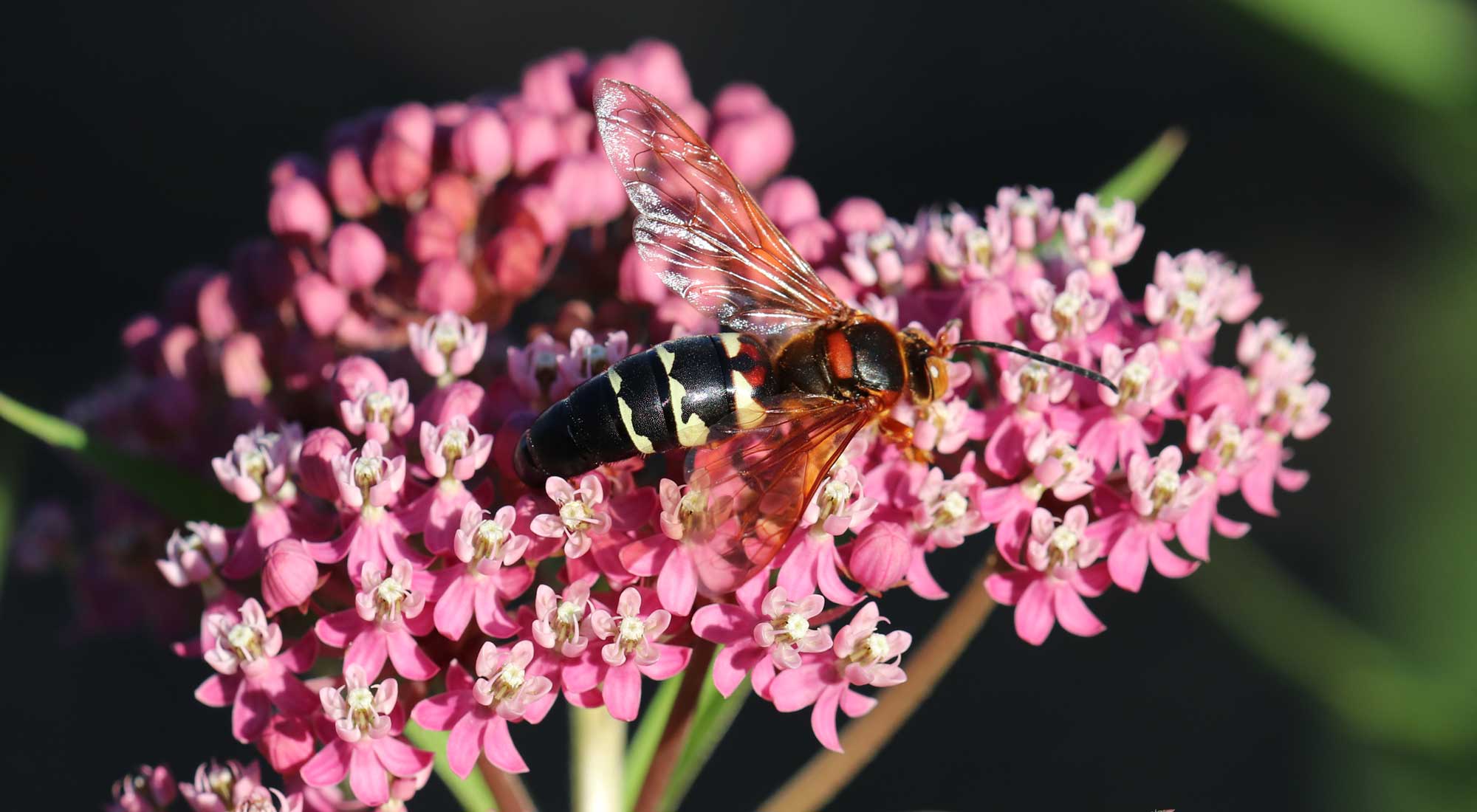
Giant Wasps Are Invading My Yard! No, They Still Aren’t Murder Hornets.
Every year we receive multiple reports of giant wasps that seem to invade yards and gardens. These wasps aren’t the same as the so-called "murder hornets," but are actually cicada killer wasps.
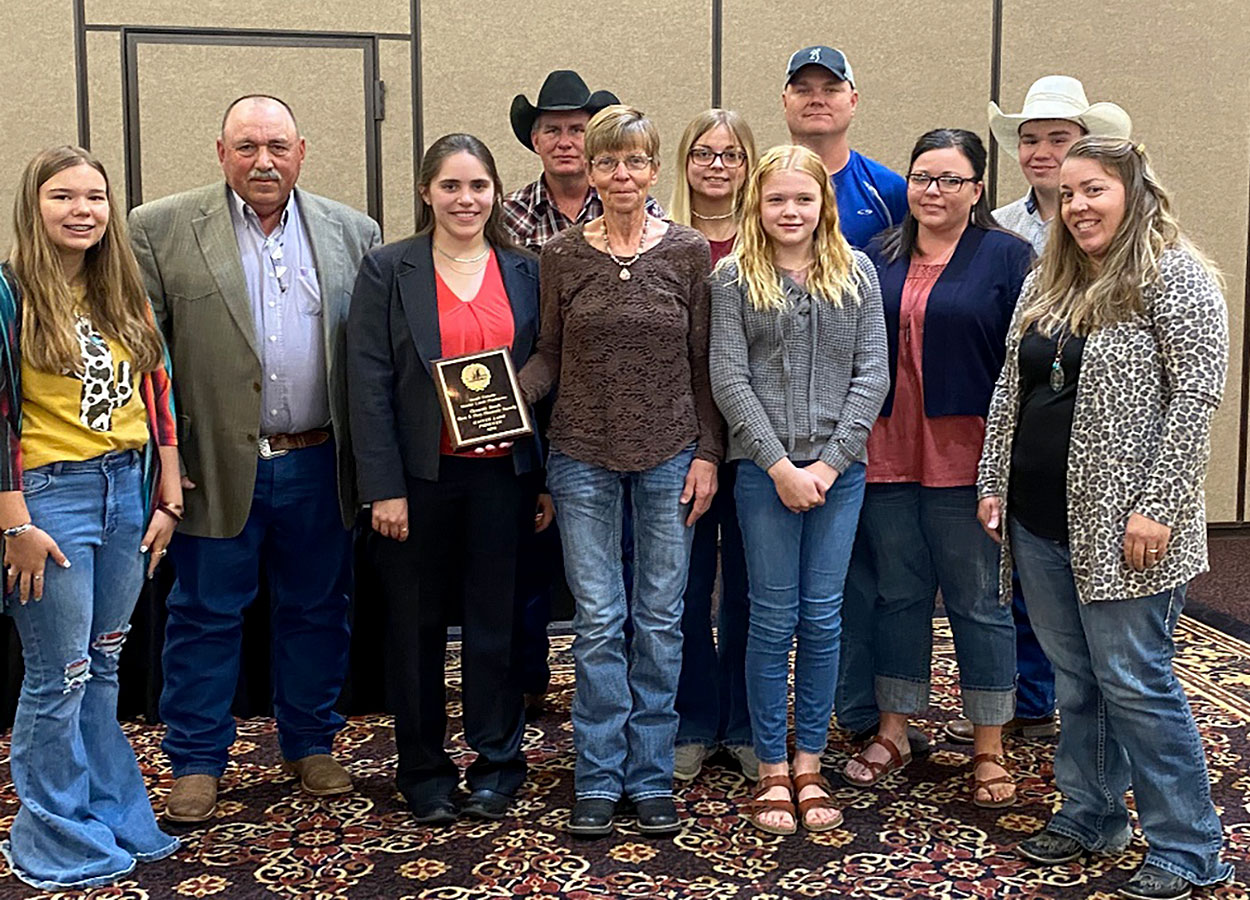
South Dakota Sheep Growers Honor Two Master Lamb Producers
November 22, 2021
The 2021 Master Lamb Producer recognized in the Purebred Division was Shady Lane Farms from Redfield, and the Feeder Lamb Producer Division recognized Pam and Steve Clements and family from Philip.

Soybean Gall Midge in South Dakota
Fact sheet about soybean gall midge in South Dakota

SDSU Small Ruminant Team to Share Sheep, Goat Survey Results
December 02, 2021
The Sheep and Goat Needs Assessment Summary webinar will be held Friday, Dec. 17 at noon CST and will include information challenges to raising and marketing animals or animal products, and current industry demographics.

Commercial Pesticide Applicator Training
Those who apply pesticides for hire or as a government employee that applies pesticides while performing work duties, must have a commercial applicator license.
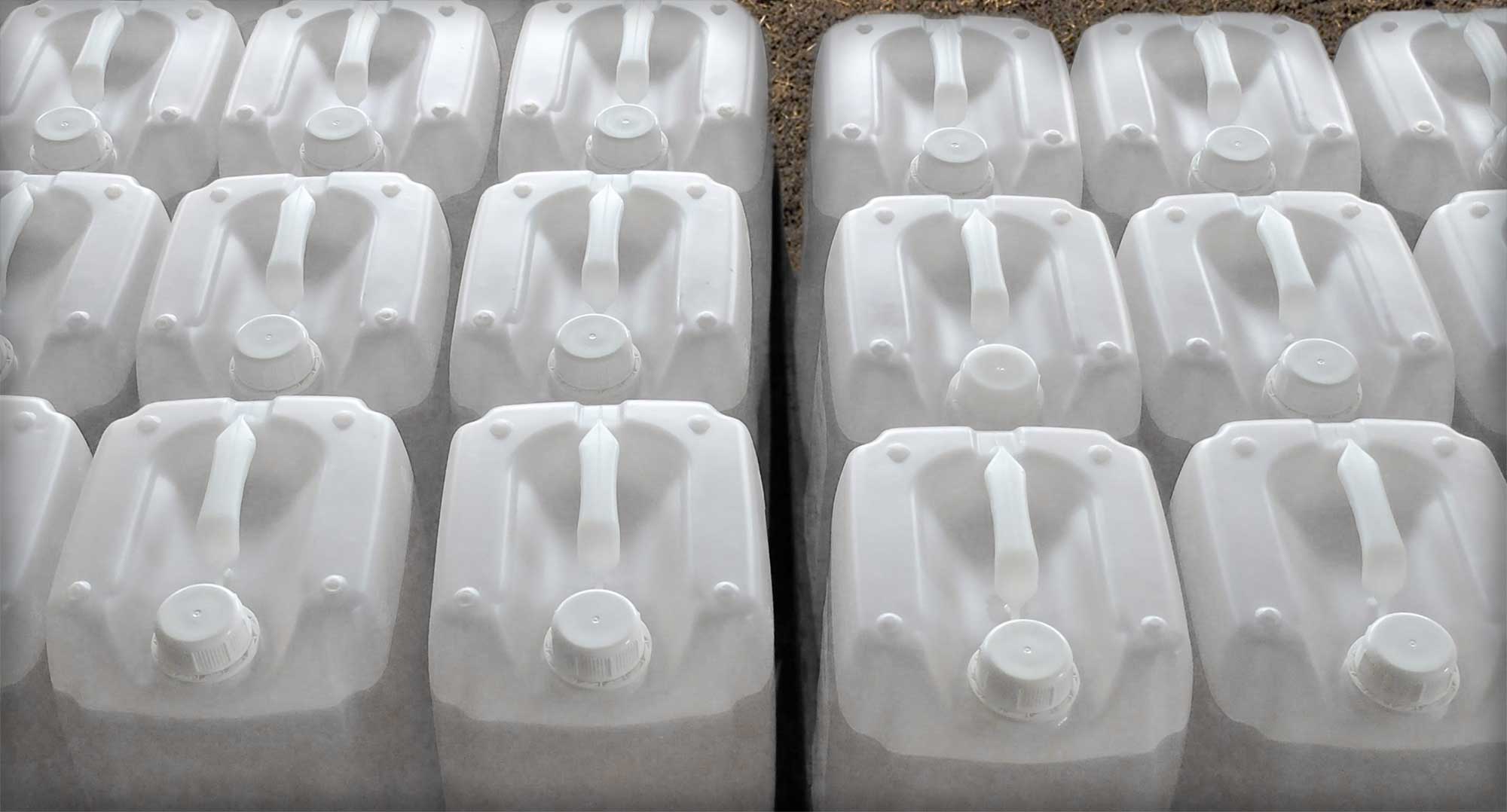
Private Pesticide Applicator Training
Private applicator certification is required before an agricultural producer can purchase or use a restricted use pesticide.

Cedar Trees and Rangeland Loss
The issue of cedar tree invasion into South Dakota’s rangelands tends to be a regional conversation. There is generally broad agreement among most resource professionals that these trees are in fact changing our landscape in a negative way.
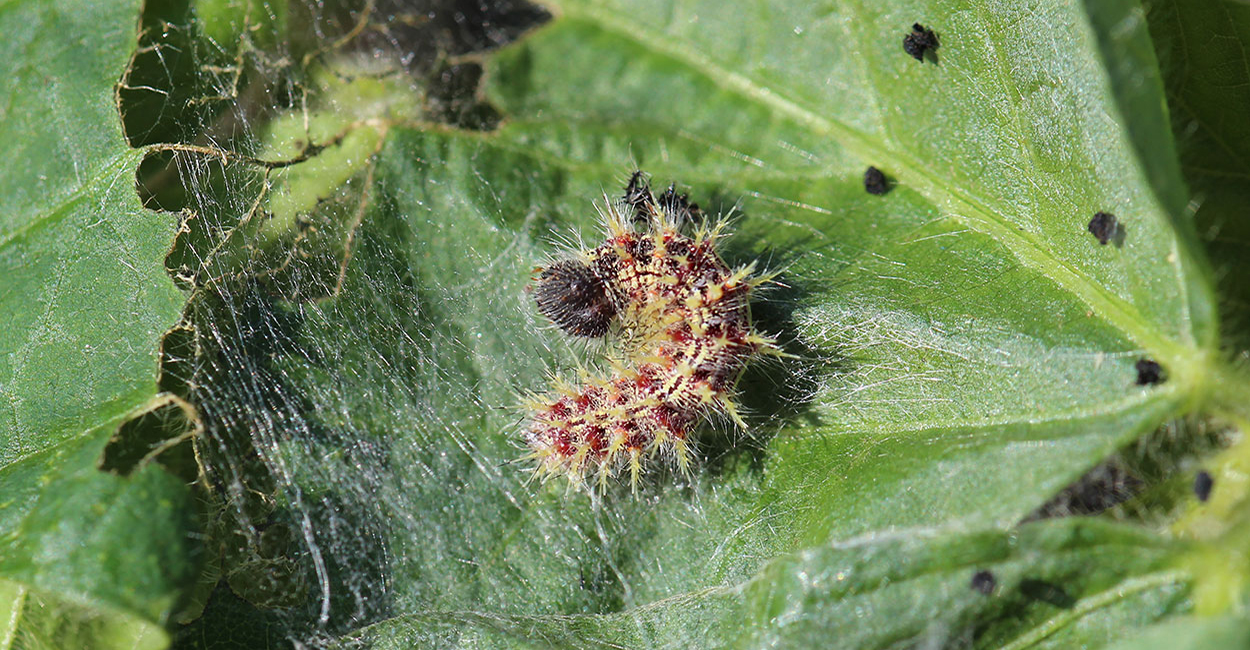
Thistle Caterpillars Observed on Canada Thistle
Although thistle caterpillars are normally first observed in July or August, it is possible for them to appear earlier if weather conditions are favorable. While these caterpillars are generally not present in high numbers, they can cause severe defoliation.

Poisonous Plants on Rangelands: Deathcamas and Lupine
With prolonged drought conditions throughout many areas of South Dakota, there is an increase of invasive weeds and poisonous plants on rangelands. Identification of poisonous plants is crucial to ensure livestock production is not compromised.